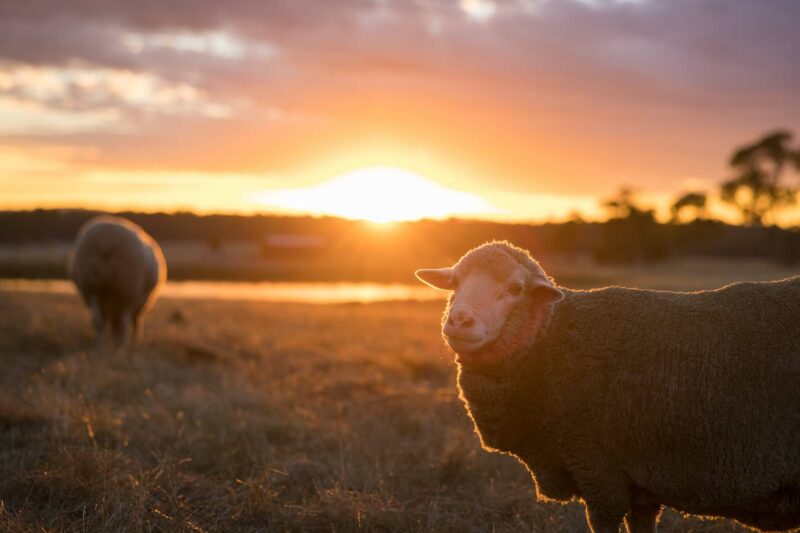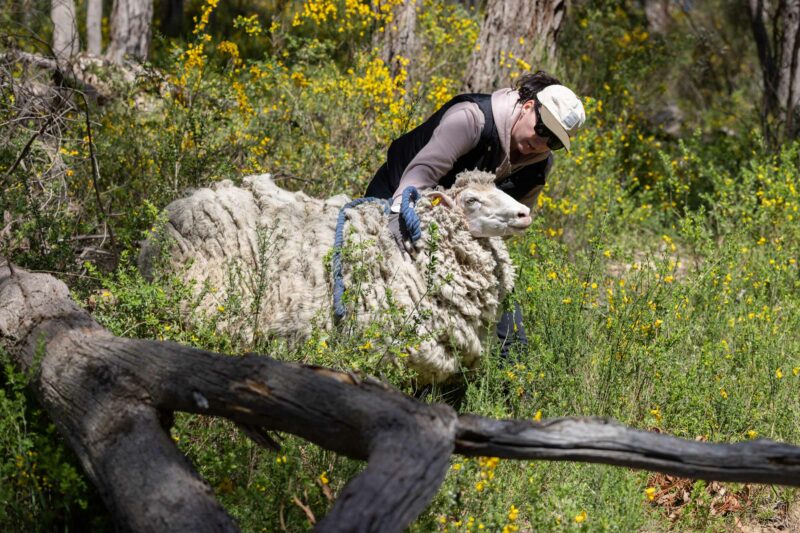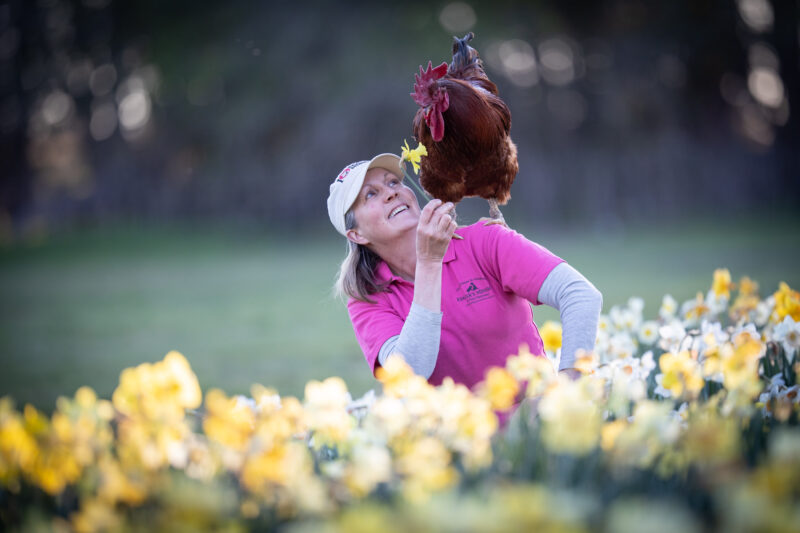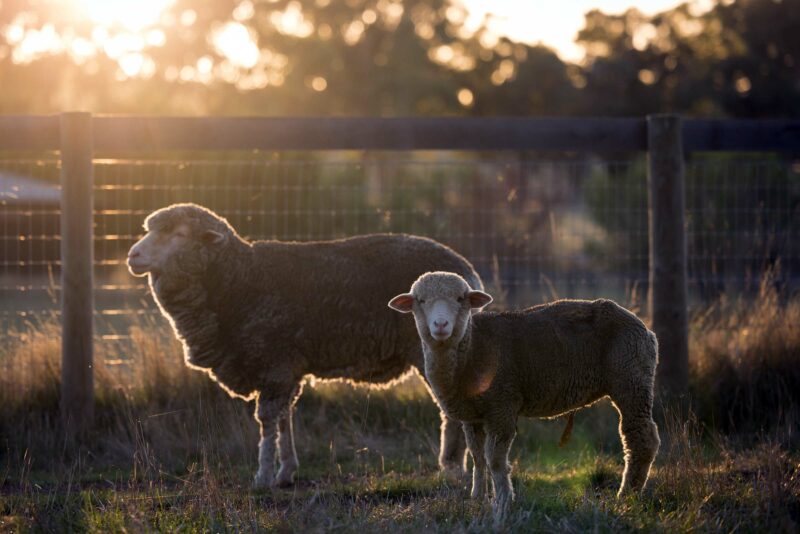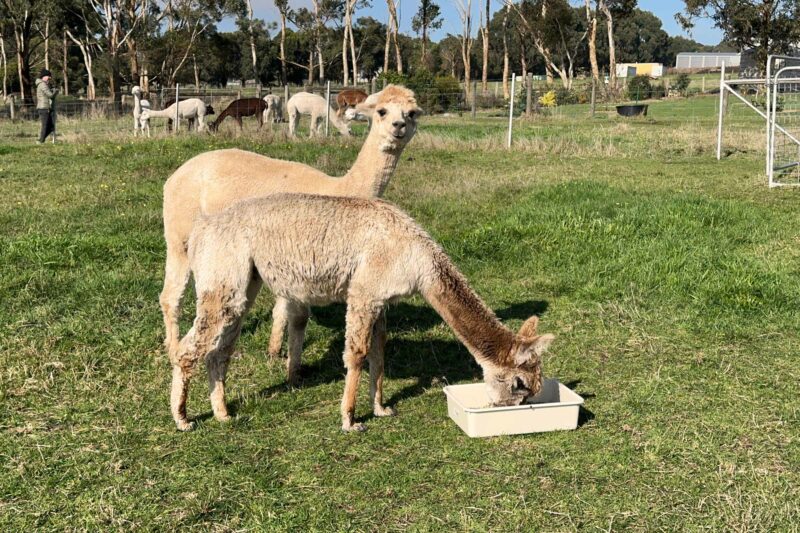
An open letter to the Australian public
I write this letter as much for you as I do for a much younger version of myself. It is a letter I would have found pivotal in informing my heart and mind as to the consequences of an almost everyday action of mine, which I never gave a second thought. The action I am referring to is eating eggs.
This letter is not to dissuade you from eating eggs nor to encourage you to eat eggs. It is to inform you, pure and simple—because the Australian public is not privy to the facts necessary to make an informed decision that aligns our ethics and our actions. You see, I truly believe the things we do, think and support, should be informed by our hearts and minds and not those of industries or others who stand to benefit. For me, I view eating eggs as not only to the detriment of animals but to our own moral integrity and health as well. However, on the latter, as I am neither a doctor nor dietitian, I will not elaborate; I will leave that up to your judgement to pursue.
These words come from one who cares deeply about social justice, the principles of honesty and fairness and, yes, I confess I am an animal lover. I must add, on that point, that I wish in many instances I was not, for all too often my concern about the way our society exercises our cognitive dissonance* towards animals is dismissed on the basis that, “Oh you’re just an animal lover,” rather than examining the content of the debate.
The impetus for this letter, dear reader, is a little hen I came to know and love, yet one who is sadly no more. I named her “How Now” and this is her story.
How Now first came to my attention on the evening of the 8 March 2018 as I took a call from a wildlife rescuer who had come upon a frail little hen whilst undertaking a kangaroo rescue. In a cold and dark park in Kilmore, the hen was surrendered into my care, but to be honest I didn’t think she would be in my care for long because of the pitiful state she was in. Fowl pox, a nasty condition marked by sores, had claimed much of her face, wattles and comb, so much so she could not open her eyes. Severe emaciation caused me to think I was holding a featherweight mass of feathers and chicken bones, not a living animal.
However, once back in our little vet clinic, this sweet bird perked up when offered food and attempted to stand on her one good leg. Only a little food at first, but that was enough to tell me she hadn’t thrown in the towel, so neither would we. Assisting her recuperating body was three times daily crop feeding, a process where a long, rounded-tip needle was inserted down her throat and liquefied food and supplements were delivered to her crop.
As the fowl pox was reined in, x-rays soon detected nails that had been ingested in her gizzard, with potentially life-threatening consequences should they pierce this vital organ. Hazardous as it was, surgery was undertaken to remove the nails and How Now survived.
More x-rays showed this little hen with her weakened bones had suffered blunt force trauma that had smashed her tibia. How Now’s bones were weakened, not by old age but from calcium depletion brought on by laying so many eggs—way beyond what nature intended her to, but what the egg production industry had selectively bred her for. Few people realise that laying hens’ lives rarely extend beyond their 24 (at most) productive months, yet their wild ancestor, the Red Jungle Fowl of India and South East Asia, can look forward to 10 to 12 or more active years of life. Producing over 300 eggs a year not only robs the hens of calcium from their bones (leaching it out to provide the material for egg shells) but tumours (a consequence of breeding) and respiratory problems (a consequence of environment) go hand in claw for laying hens.
Her bedraggled feathers were exchanged for a beautiful plume of soft redness, her comb turned a vibrant red, and she developed a great love of life, grapes and a handsome rooster named Red Baron.
Red Baron himself is a poignant reminder of the untold victims of the egg-laying industry. Born a male, his fate was sealed the day he hatched. In his case, industry callousness, gassing, freezing and being sold off as snake food were unable to kill him, but millions upon millions of his kind (around 16 million annually) are not so lucky. They are killed simply because they are the wrong gender. Can you imagine if every male puppy or kitten were killed simply because they were male? What do you think would happen? That’s right, it would never happen. Devoid of cute faces, soft tongues, waggy tails and goofy antics (although if you get to really know a chicken you will quickly realise they do have a full repertoire of these), chickens rarely find a place in people’s hearts. Alas for them, the place is a little further south—in human stomachs.
Back to my little friend How Now. The next stage of her life saw her vibrancy begin to wane. Her feathers became ruffled, her body hunched, grapes no longer thrilled her and Red no longer interested her as x-rays and surgery confirmed our worst nightmares. What we had before us was the reality of so many rescued egg-laying hens—multiple tumours had run amok in her stomach and intestines. Multiple tumours are something that the most advanced surgery and kindness cannot address, and it was at that point I fulfilled the promise made to this little hen I loved beyond words that night when we first met, “When I cannot stop your pain, I will stop your suffering”.
How Now is not the first hen I have loved and lost, nor will she be the last, and while each one takes a piece of my heart, they too make it whole. What How Now has spurred in me is this action because every time, every single time I bear witness to the death of a rescued ISA brown hen**, rage within me grows. I just want to shout from the roof tops, “What are we doing here people? What are we doing? Why don’t good people know what they are contributing to?” Coming to know chickens and indeed all the animals who are farmed for food and fibre as I do, I have come to realise the best champions of their cause are the animals themselves. If ever you do have the opportunity to chat with a chicken, you won’t be disappointed – the conversation will indeed be quite lively!
I truly do believe in the goodness of the human heart, that we as a species care about the suffering of others. So how can it be this industry is so protected, sanitised and financially rewarded for what it does to animals? It is so inconsistent with our core beliefs. We claim to live in a just and fair society; we claim to be a nation of animal lovers. And whilst no two people would have the exact same view on how animals should be treated nor our relationship with the animal kingdom, we are united in our knowledge they can suffer. We have enshrined this recognition of their ability to suffer in legislation by way of the Prevention of Cruelty to Animals Act. Yet every day, good people condemn gentle, innocent hens like my little How Now to impoverished, short, miserable existences, so that even if they can find redemption, some malady associated with their breeding will diminish and ultimately claim their life. What so many do not realise is that Codes of Practice for farmed animals circumvents this legislation, and so too our ethical thought. But does that make it right?
Currently in this country there is a huge push for truth in labelling. “Great!” I say, “I’m all for that.” But with this in mind, it is incumbent on all of us to know just what our dietary choices mean for animals. We have no right to shield ourselves from this knowledge, not only because it takes from the lives of animals, but also because it takes from ours. To deny empathy for other living beings, regardless of the form they have taken, has enormous consequences. In fact, it can be argued that the more defenceless an animal is, the more they should command our moral concern.
I truly believe it is time for our ethics to command us to stop pushing animals from our thoughts and onto our plates and ask ourselves, “Just because we can do something to an animal, does it make it right?” For many years, the ability of animals to suffer, along with their rich emotional capacity, was denied. Thankfully, science is now confirming what common sense and compassion has always known—that animals are aware, and of this we should be too.
How Now has been laid to rest in our enchanted forest, and for evermore she will be in the hearts and minds of those who knew her. So now I ask just one small favour on behalf of my feathered little friend. Please ask yourself next time you sit down to eat, this very simple, yet life-defining question, “If we could live happy and healthy lives without harming others, why wouldn’t we?”
Yours in kindness
Pam Ahern, Edgar’s Mission Founder and Director
*Cognitive dissonance: “the state of having inconsistent thoughts, beliefs, or attitudes, especially as relating to behavioural decisions and attitude change”.
**ISA brown hen refers to a hybrid chicken selectively bred to lay an exponential number of eggs. Developed in France around 1978, the chickens are named for the facility where they originated from: the Institut de Sélection Animale.


